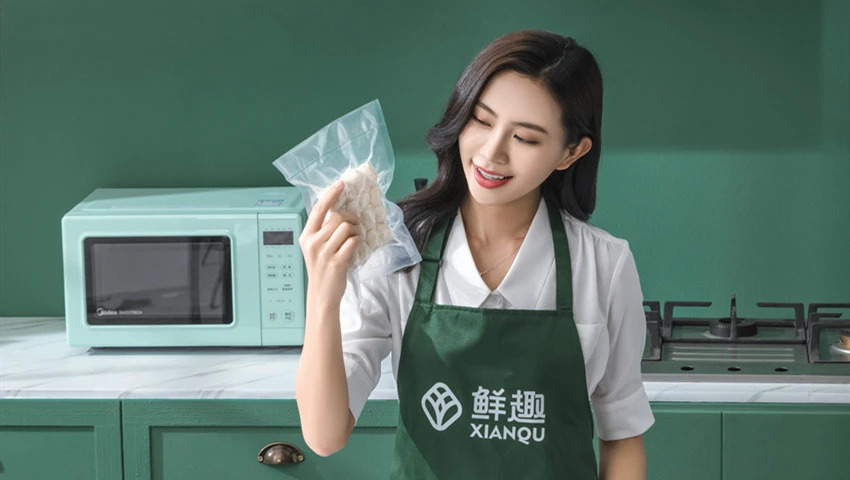Have you ever wondered why vacuum-sealed food lasts longer? The secret lies in the science of food preservation. Vacuum sealing, a popular method of extending the shelf life of foods, works by addressing the core elements that cause food to spoil. Let’s dive into the fascinating science behind this method and how it keeps your food fresher for longer.
Understanding Food Spoilage
Before delving into how vacuum sealing preserves food, it's essential to understand what causes food to spoil. The primary factors include:
1. Exposure to Air: Air contains oxygen, which can accelerate food spoilage through the process of oxidation.
2. Moisture: Excess moisture can promote the growth of mold and bacteria.
3. Microorganisms: Bacteria, yeasts, and molds are the main culprits behind food spoilage.
The Role of Vacuum Sealing in Preserving Freshness
1. Removal of Air: Vacuum sealing removes most of the air surrounding the food item. By doing so, it significantly reduces the oxygen level, slowing down the oxidation process. This means fats don't turn rancid as quickly, fruits and vegetables don’t spoil as fast, and the color and texture of the food are preserved longer.
2. Limiting Microbial Growth: Many harmful microorganisms require oxygen to grow. Vacuum sealing creates an anaerobic (oxygen-free) environment, inhibiting the growth of these spoilage-causing microbes.
3. Moisture Control: By forming a tight seal, vacuum-sealed bags prevent excess moisture from getting in or out, maintaining the food's optimal moisture level. This helps prevent the growth of mold and bacteria that thrive in moist environments.
4. Preventing Freezer Burn: In the freezer, food exposed to air can dehydrate and oxidize, leading to freezer burn. Vacuum sealing protects against freezer burn by keeping air and moisture out.
Benefits Beyond Preservation
- Flavor Infusion: Vacuum sealing can enhance the marination process, allowing flavors to penetrate more deeply and quickly into the food.
- Space Efficiency: Vacuum-sealed bags take up less space, allowing for better organization and storage in your refrigerator or freezer.
Best Practices for Vacuum Sealing
1. Use Quality Bags: Opt for high-quality, BPA-free vacuum seal bags for safety and durability.
2. Proper Storage Temperatures: Continue to store food at the appropriate temperatures (refrigerated or frozen) even after vacuum sealing.
3. Seal Foods Properly: Ensure that the sealing process is done correctly to avoid any air pockets that might compromise the food’s longevity.

